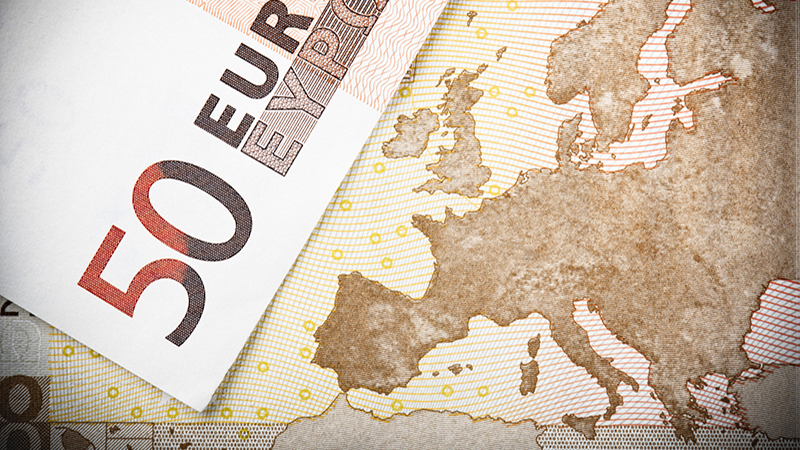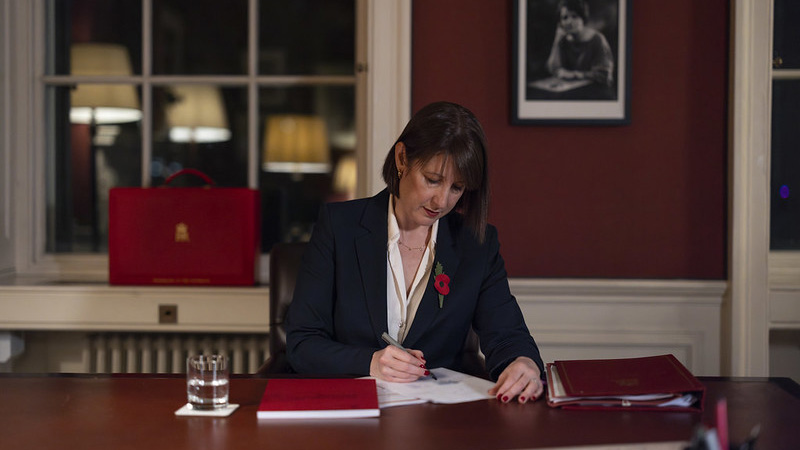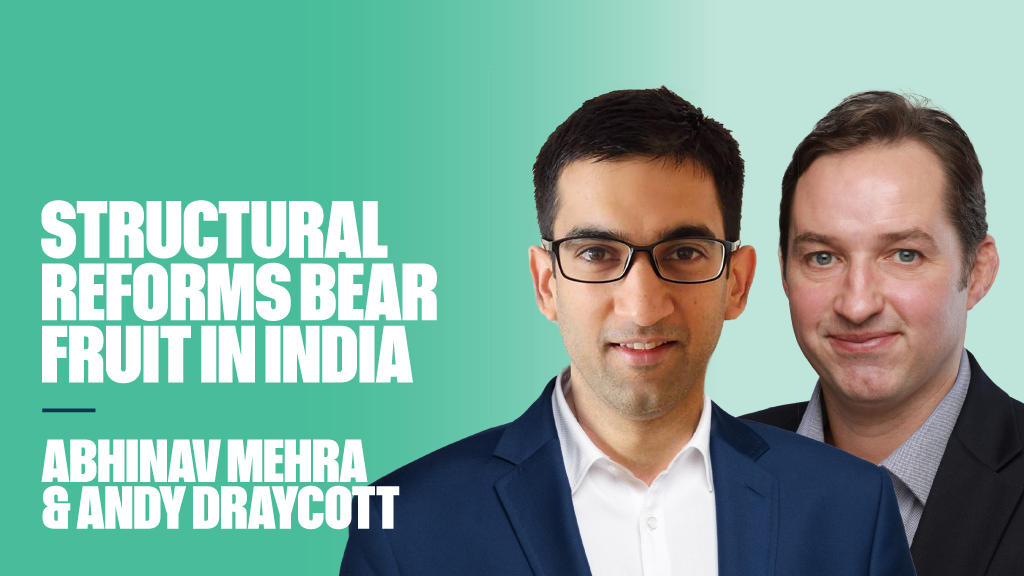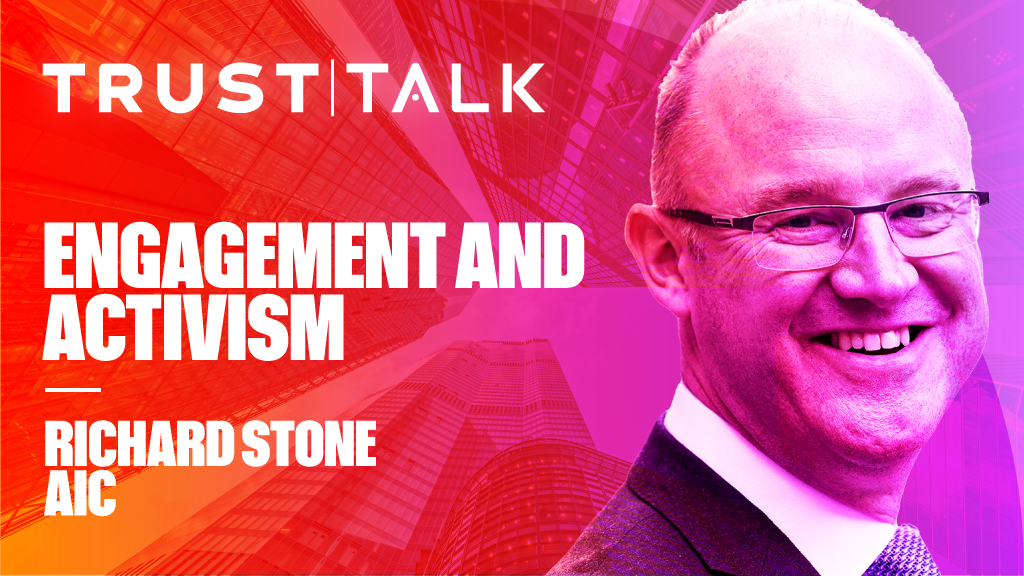After the United States economy was confirmed to have grown a healthy 3.2% on an annualised basis by the Commerce Department rather than 2.9% as had been earlier reported, the Fed seems to have no choice but to act.
This figure represents the best performance in two years, with the relentless spending of the American consumer the biggest component in the success story.
If President elect Donald Trump has his way, there could be more to come as he has talked of targeting a growth rate of 4% and higher. Infrastructure spending, deregulation and tax cuts are the tools he is proposing to use to achieve this, all of which could be inflationary.
The exact degree to which these things will translate in economic growth and inflation is debatable, but there seems certain to be some impact if the proposals are made a reality.
So what does this mean for the Fed? Famously or perhaps notoriously, depending on your viewpoint, in the run-up to first rate rise since the financial crisis Chair Janet Yellen declared she and her colleagues would take global conditions into account in their rate setting decisions.
At the time, this line of thinking led to the delay of the rate rise from September 2015 as many had thought would be the case to that December, due to the fallout from the Chinese market crash at the end of August.
A strong case for a rise was there based on the domestic economic data, but once the factors in other parts of the world were brought into the equation.
The question now is whether the Fed will stick to it guns on being the world’s central bank, or revert to being driven solely by domestic factors.
The answer to this is far from clear and it will be very interesting to observe how the situation develops, and to what degree if any the Trump administration will influence Fed policy either overtly or covertly.
If the Fed continues the policy of considering the strength of the global economy and factoring in trouble spots around the world we could be looking at another ‘one and done’ rate rise as we saw at the end of 2015.
Europe is heading into a remarkable year in which the United Kingdom’s exit from the European Union will be negotiated alongside elections in some of the other major EU nations. This has the potential to be very destabilising for the global economy.











